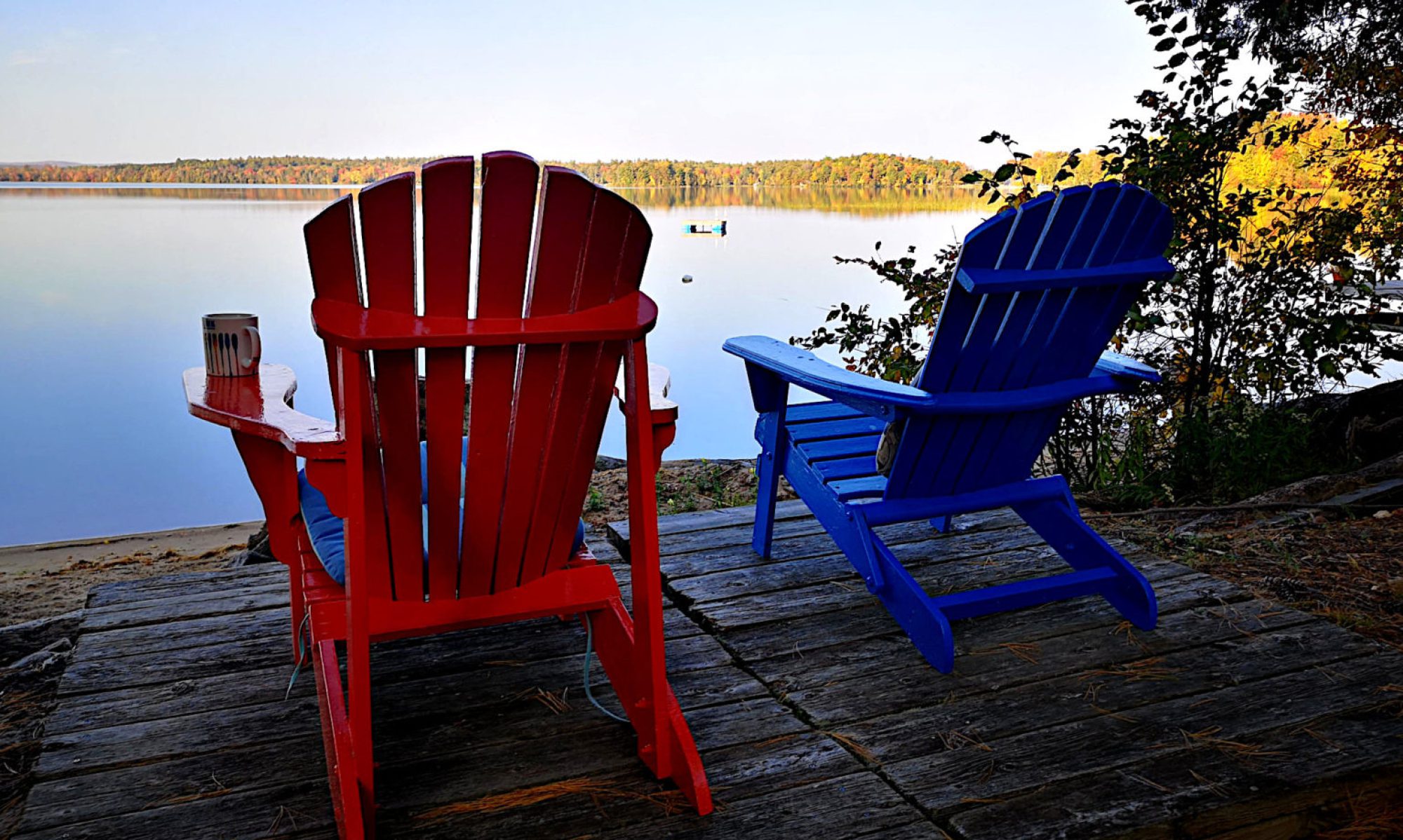
From Sujatha Gidla in LitHub: “When people in this country ask me what it means to be an untouchable, I explain that caste is like racism against blacks here. But then they ask, “How does anyone know what your caste is?” I explain it like this. In Indian villages and towns, everyone knows everyone else. Each caste has its own special role and its own place to live. The untouchables, whose special role is to labor in the fields of others or to do other work that Hindu society considers filthy, are not allowed to live in the village at all. They must live outside the village. They are not allowed to enter temples, or to come near sources of drinking water used by other castes. But how do people know your caste when you go elsewhere, to a place where no one knows you? There they will ask you, “What caste are you?” And you cannot refuse to answer.”
Why American diners look the way they do
:max_bytes(150000):strip_icc()/GettyImages-475446644-c3c8a757d88a49aa8f37742d9d7c3dc2.jpg?w=525&ssl=1)
From Jason Kottke: “Architect Michael Wyetzner says that American diners took their cues from trains – the word diner came from the dining car on a train. Many of the design elements in a diner are based on the necessities of dining on a train in a railroad car, like booth seating and counter seating, and an open kitchen. On the exterior, you have that stainless steel smooth curvature, you’ve got that Art Deco typography. And then on the interior you have the checkered floor, you have the booths, you have the globes, and you have the jukebox. In the early part of the 20th century, trains were the dominant form of travel. If you look at some of the earliest diners, they were in fact, actual train cars that were placed permanently on the ground.”
Note: This is a version of my personal newsletter, which I send out via Ghost, the open-source publishing platform. You can see other issues and sign up here.
Five unintended consequences of photography

From Jeff Nilsson for the Saturday Evening Post: “They weren’t trying to change the world. Joseph Nicéphore Niépce, Louis Daguerre, Henry Fox Talbot, and John Herschel — the handful of men who invented photography — only wanted to capture images from light reflected on a solid surface. But within a few years, their experimenting turned into a social force that was embraced by the public. Other technology influences — the telephone, the automobile, the internet — took decades before they were in use everywhere. But photography enjoyed nearly instant acceptance. Louis Daguerre introduced his daguerreotype process of photography in 1839. Within a decade, almost every city in America had a daguerreotype studio, and travelling photographers were photographing settlers and Native Americans on the frontier. And, just a few years later, photography was shaping the destiny of the American people.”
Scientists created a paint so white it cools buildings that are painted with it

From Cara Buckley for the New York Times: “Xiulin Ruan didn’t set out to make it into the Guinness World Records when he began trying to make a new type of paint. He had a loftier goal: to cool down buildings without torching the Earth. In 2020, Dr. Ruan and his team unveiled their creation: a type of white paint that can act as a reflector, bouncing 95 percent of the sun’s rays away from the Earth’s surface, up through the atmosphere and into deep space. A few months later, they announced an even more potent formulation that increased sunlight reflection to 98 percent. The paint’s properties are almost superheroic. It can make surfaces as much as eight degrees Fahrenheit cooler than ambient air temperatures at midday, and up to 19 degrees cooler at night.”
Newly discovered Pompeii fresco shows a precursor to the modern pizza

“Researchers were excavating a site in Pompeii earlier this year when they ran across a fresco depicting a silver platter laden with wine, fruit — and a flat, round piece of dough with toppings that looked remarkably like a pizza. Proto-pizza might be more like it, given that the city of Pompeii was buried by a volcano in 79 A.D., nearly 2,000 years before anything modern civilization might recognize as a pie came into existence. In a statement published on Tuesday, the archaeologists were insistent that the dish portrayed in the fresco did not mean that the History of Pizza is about to be rewritten. “Most of the characteristic ingredients are missing, namely tomatoes and mozzarella,” they said. Still, they allowed, the flat, round dough topped with pomegranate, spices and what may have been a precursor of pesto might be “a distant ancestor to the modern dish.”
Short daytime naps may keep brain healthy as it ages, study says
:max_bytes(150000):strip_icc()/GettyImages-1309049788-60d1a5cb38a84f78a28ffad480e1a41f.jpeg?w=525&ssl=1)
From Nicola Davis for The Guardian: “Taking a short nap during the day may help to protect the brain’s health as it ages, researchers have suggested after finding that the practice appears to be associated with larger brain volume. While previous research has suggested long naps could be an early symptom of Alzheimer’s disease, other work has revealed that a brief doze can improve people’s ability to learn. Now researchers say they have found evidence to suggest napping may help to protect against brain shrinkage. That is of interest, the team say, as brain shrinkage, a process that occurs with age, is accelerated in people with cognitive problems and neurodegenerative diseases, with some research suggesting this may be related to sleep problems.”
Divers find a “Doomsday fish”
From Tansu Yegen on Twitter: Off Taiwan’s coast, divers found a “Doomsday fish” — a giant Herring king associated with earthquake predictions. Its size and shape resembling a sea serpent, locals consider it an ominous sign in Japanese mythology

